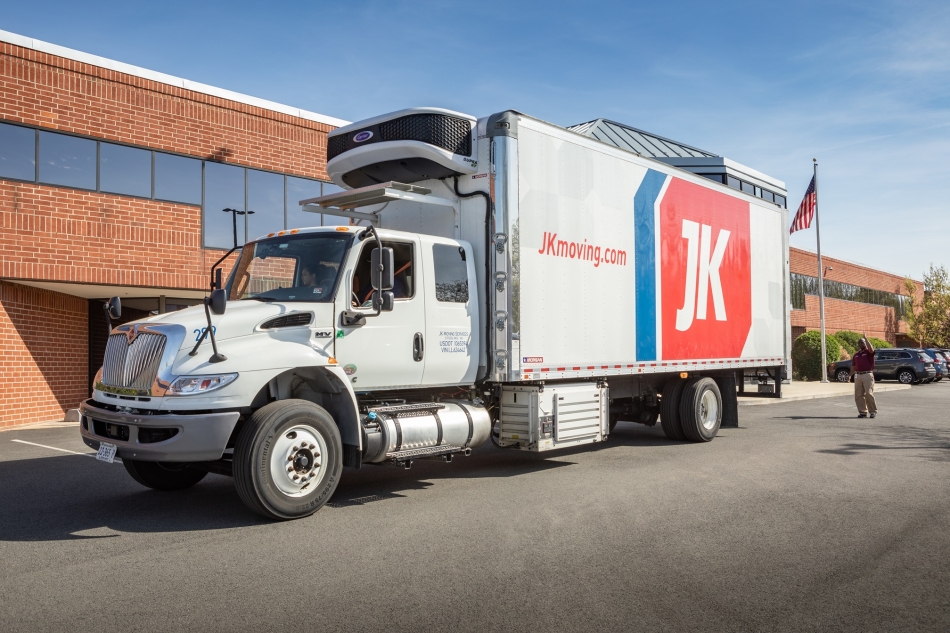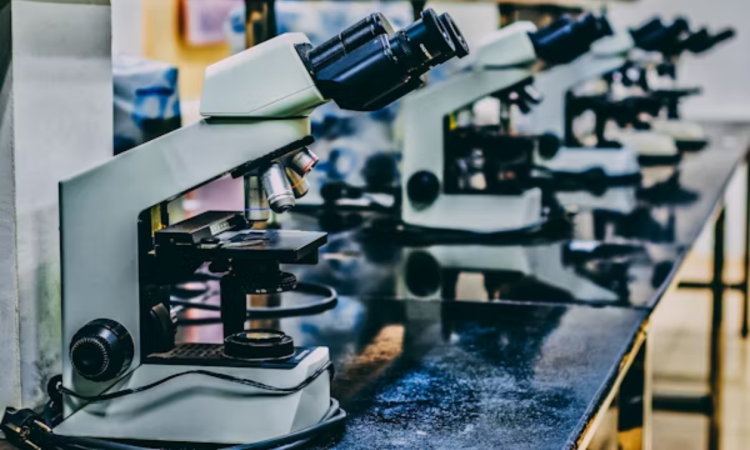Lab equipment relocation safety involves protecting your equipment and your team. While it can feel like an almost impossible challenge, it’s possible to make a move safely and efficiently. By following the lab relocation best practices listed in this post, you can ensure everything arrives at your new space in good shape and ready to use. From carefully packing materials to making sensitive lab equipment transport accommodations, ensuring that nothing breaks or gets contaminated, we’re sharing the most vital steps to help your move go smoothly, so your lab can get back to work quickly.
Lab equipment best practices pre-move
If you’re not sure where to start, begin by creating a lab move checklist of essentials and an equipment assessment checklist. Follow up with a risk assessment to ensure proper handling of all situations and to identify potential hazards, including chemicals, radioactive materials, or fragile instruments.
Next, create a detailed lab equipment inventory. In this document, list all items, noting their make, model, and serial numbers, plus special handling instructions. Secure any necessary permits for hazardous material transport, following all regulations.
When packing, use custom lab equipment crates and high-quality materials like foam inserts or bubble wrap to protect items. Also, separate hazardous materials by class, pack them securely in secondary containers, and clearly label every package with contents, handling instructions, and destination.
Finally, always hire certified lab movers experienced in lab relocation planning and temperature-controlled transport if needed. Communicate the move timeline with all personnel to keep everyone on the same page.
Lab move checklist essentials:
- Identify hazards and conduct risk assessment
- Create detailed inventory
- Secure hazardous material permits
- Decontaminate equipment
- Use custom crates and specialized packing
- Label all packages properly
- Separate and securely pack hazardous materials
- Hire certified lab movers
- Plan for temperature-controlled transport
- Use proper lifting techniques and PPE
- Communicate the move plan
How do you protect sensitive lab equipment during relocation?
Moving lab gear requires special care to ensure everything remains safe and functioning properly. Here are three tips for safeguarding sensitive equipment during a lab relocation that can make your move smooth and stress-free.
 Double-check that the moving company you hired specializes in transporting scientific equipment and adheres to all relevant regulations. Remember to communicate clearly with the movers about handling fragile lab instruments and any hazardous materials.
Double-check that the moving company you hired specializes in transporting scientific equipment and adheres to all relevant regulations. Remember to communicate clearly with the movers about handling fragile lab instruments and any hazardous materials.- During transport, use anti-vibration packaging and secure equipment correctly on the moving truck to stop shifting and damage. If your instruments are sensitive to temperature or humidity, make sure these conditions are monitored carefully. Never move hazardous materials in personal vehicles!
- Have spill kits handy, know emergency procedures, and wear personal protective equipment (PPE). For example, if a chemical spill occurs, evacuate safely, use emergency showers or eyewashes if needed, and dispose of cleanup materials properly.
Lab move safety tips, post-move
Moving a lab can be tricky, no doubt. However, by following some simple lab move safety tips, the process can go more smoothly and safely for everyone. Knowing how to minimize damage when relocating scientific equipment can save you from disruptions in operational continuity as well as unnecessary expenses or repairs. The key is to handle everything with care, plan ahead, avoid rushing during the move, and follow through with an all-important post-move inspection.
Here are some quick post-move lab move safety tips on how to minimize damage when relocating scientific equipment:
- Inspect all equipment immediately upon arrival
- Unpack and reinstall following the manufacturer’s instructions
- Perform recalibration and functionality verification
- Re-certify special equipment like biological safety cabinets
- Update documentation, such as inventories and safety plans
- Properly store hazardous materials in the new space
- Decontaminate the old lab space before leaving
What are common mistakes during lab relocations?
Avoid rushing the process and failing to update paperwork, which can cause downtime and disrupt your operational continuity. Taking your time and following these steps helps with downtime minimization and keeps everything running smoothly once you’re back up and working.
The final step to ensure lab equipment relocation safety
Select a lab moving company that specializes in handling sensitive equipment with care and will adhere to lab safety compliance rules to prevent accidents and damage. By selecting experts and following safety tips, your lab equipment will arrive safely, ensuring a smooth and worry-free move!


